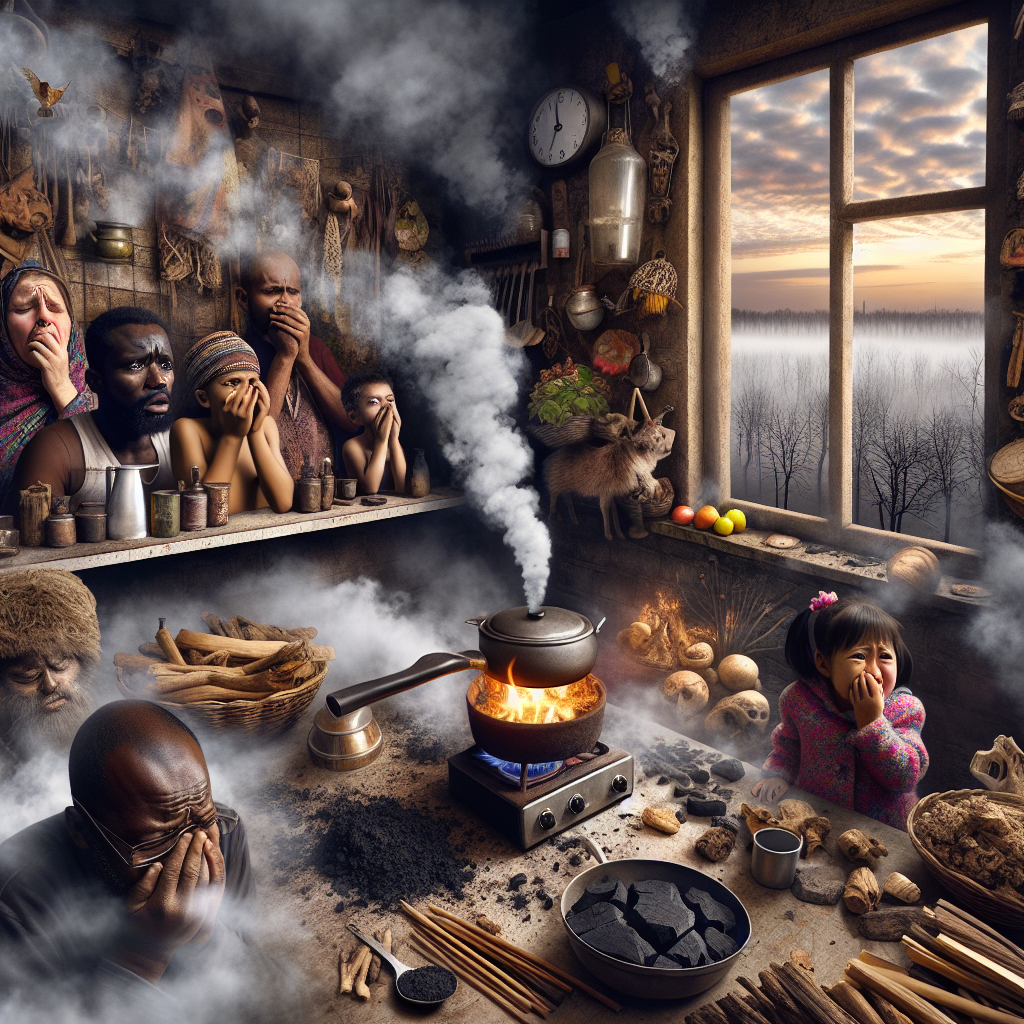Dirty Cooking Fuels Linked to High Child Mortality Rates in India, Study Reveals
A report by Cornell University highlights that 27 out of every 1,000 children in India die due to exposure to dirty cooking fuels. The study used household data from 1992 to 2016 and emphasizes that infants and young girls are most affected. Transitioning to cleaner fuels could improve child health significantly.

- Country:
- United States
A report released by Cornell University has revealed a concerning statistic: 27 out of every 1,000 children in India die due to exposure to dirty cooking fuels. The study, titled 'Cooking Fuel Choice and Child Mortality in India', was authored by Arnab Basu and others, using extensive household survey data from 1992 to 2016.
The findings are startling, especially for infants under a month old, where lung development is incomplete, and the children are often in close proximity to their mothers, who are the primary cooks in households. Basu pointed out that the mortality effect is disproportionately higher for young girls, not because they are more vulnerable, but due to a prevalent son preference in India, leading to neglect in seeking medical treatment for daughters.
Basu emphasized that shifting to cleaner cooking fuels could notably improve child health and address gender disparities in healthcare. The World Health Organization has highlighted that around a third of the global population uses biomass fuels, contributing to 3.2 million deaths annually. While outdoor air pollution often receives more focus, indoor pollution remains a critical issue, influenced by regional agricultural practices and household dynamics.
(With inputs from agencies.)










